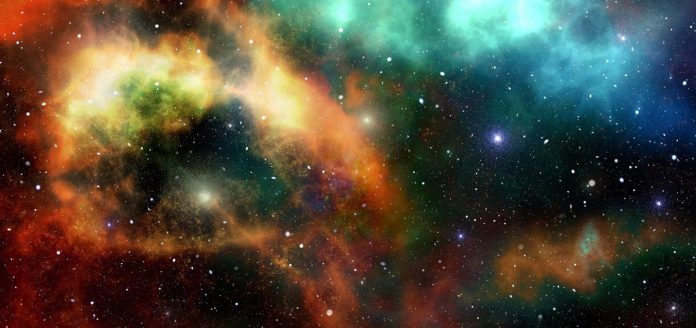One of the oldest problems in physics is the three-body problem. It deals with the motions of three bodies and how their orbits change and evolve because of their mutual gravity. This problem is in focus since the time of Newton.
When two massive objects come close to one another, their relative motion face a trajectory due to their mutual gravitational attraction. But as they change their position forces between them also change. This affects their trajectory.
Earth can follow a specific curve which can be described mathematically. But if another object influences it then the system becomes chaotic and unpredictable. This phenomenon has been known for over 400 years, since the time of Newton and Kepler. But the neat mathematical description of the three-body problem is still unknown.
Physicists have tried to solve the three-body problem in the past. French mathematician Henri Poincaré has ruined any hope to have a full solution of the problem. He proved the final outcome is always random. His theory is known as chaos theory.
Scientists cannot predict what happens at the time of close interaction between a binary system and a third star. They need to simulating it on a computer and follow the evolution step-by-step. The simulations show such interaction have two phases. First, the three objects pull each other violently till the time one star is completely ejected from the other two stars. In the second phase, one of the stars gone away to an un-bound orbit.
The research paper has been published in Physical Review X. Yonadav Barry Ginat, a Ph.D. student and Technion-Israel Institute of Technology professor Hagai Perets have used this randomness and gave solution to the two-phase process. They did not predict the actual outcome.
They calculated the probability of the outcome of each phase-1 interaction. Though the chaos suggested a complete solution is impossible, but the random nature permitted the calculation of the triple interaction. Then they closed the entire series by using the theory of random walks or “drunkard’s walk.”
The triple system has the same way like a drunk person. After a close encounter one of the stars is ejected randomly. Like a drunk person, a star is ejected randomly. Then another star is ejected to a different random direction. This process continues until one star is completely ejected and never returns.
We can also think about the phenomenon as similar to weather. Weather too is very hard to predict. Meteorologists’ recourse to probabilistic predictions. To predict the weather, meteorologists have to look at the possible types of weather in the intervening days. They have to compose them together and then only they will be able to get a proper long-term forecast.
This process can be followed in three-body problem too. Ginat and Perets computed each phase-2 binary-single configuration. Then they composed all of the individual phases. They have used the random walks theory to find the final probability of the outcome.

